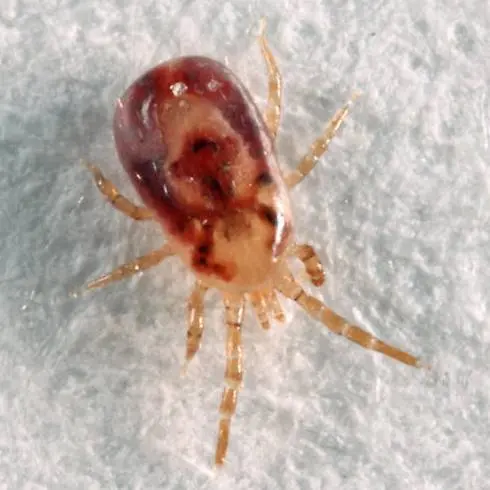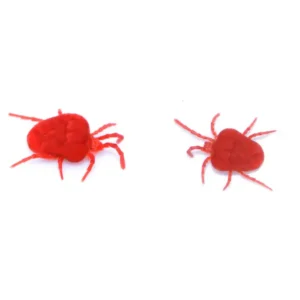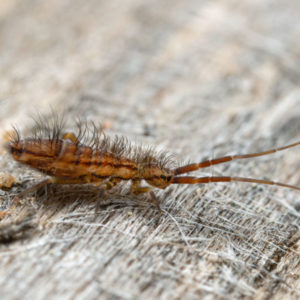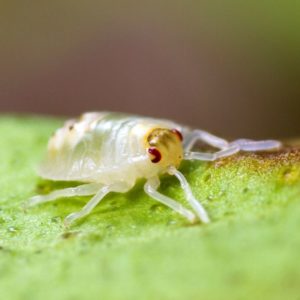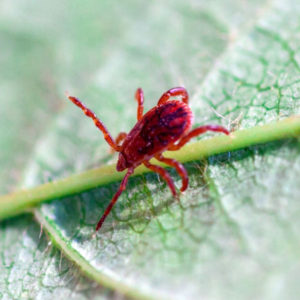Bird Mites in Long Island
Bird Mites in Long Island are exceptionally minute, usually less than 1mm when fully grown, making them challenging to detect. They tend to go unnoticed as they predominantly reside on birds such as chickens and pigeons. Their life cycle from egg to adulthood spans roughly a week, with a potential lifespan extending a few weeks thereafter.
Bird Mite Habitat
Distinct from other mite species, bird mites predominantly feed on the blood of birds, using them as their primary hosts and residing in their nests. These mites have a particular preference for warmer climates, rendering them more active during the spring and early summer months. While widespread across the United States, their presence is also notable in continents like Africa and Asia, as well as in Australia and Pacific islands.
Bird Mite Behaviors, Threats, or Dangers
Bird mites are often not given much attention since they do not typically use humans as their hosts. However, their bites can cause skin irritation and potentially lead to allergic reactions. Individuals who handle birds or have bird nests in close proximity, such as in attics or chimneys, are at a heightened risk of encountering bird mites. In situations where these pests have infested your property, seeking professional pest control services is advisable for effective removal and management.

